Much of my energy over the past few years has been focused on teaching. Full-time responsibilities helping students with their composition, orchestration, and theory work have been enjoyable and fulfilling while compositional urges have at times laid dormant. As teaching becomes more comfortable, my mind is again dreaming up crazy compositional ideas, and I am very excited about one of my recently written projects.
Figurings for percussion quartet and clarinetist will be premiered by the McCormick Percussion Group with Calvin Falwell at the end of this month. Writing for percussion has always been daunting to me because of the diversity of sounds within the ranks of the many mallet, battery, and toy instruments available. It is often scarier to deal with an abudance of opportunity than to work within certain confines. After hitting a series of dead ends writing “music for music’s sake,” I sought for external inspiration from my current interests. At the time, I was highly invested in learning to write Chinese characters. I loved (and still love) how one character often was compound in nature to give a depth of meaning, and I found (and still find) the grammatical order of words/characters intriguing. So, I took these principles and created my own aural and visual characters; a few multi-faceted sonic ideas represented in a proto-notation of percussion pictograms and instrumental gestural markings. As a piece inspired by language, it seemed only natural to cut meter and replace the flow of the piece with speech-like qualities. The entire piece depends on “speaking” the language built into the characters. The instrument changes make this slightly difficult at times, forcing the other instruments to compensate with exaggerated gestures (as when dealing with pronunciation difficulties at times).
Lessons learned? First, inspiration is sometimes right under one’s nose. I found it from a side hobby in this case, and other pieces have been inspired by a quirky phrase or some sort of sound that caught my ear in the right way. Second, it is wise to go down rabbit holes and see how far an idea can go. The “what ifs” in this piece led me to a different way of composing that will have a different sonic result than if I had resorted to my typical means. Such uncharted territory is thrilling. Third, working outside of software (for acoustic music) is liberating. My original attempts to write the piece were in Ableton Live because I had heard that some composers work on acoustic music in a DAW (something I don’t typically do). I also knew that writing percussion music in Finale or other notation software would give me unwanted aural feedback from the playback. The pictogram proto-notation let me write aural gestures away from the computer, and I wrote at a much faster pace. I’ve learned that a good portion of my creative process is still on paper unless I’m dedicated to a more traditional and expected style (one with definite meters, standard techniques, etc.—something I can input as fast as I’m thinking). And finally, a finished composition points towards future possibilities… Looking forward to sharing those… soon.

